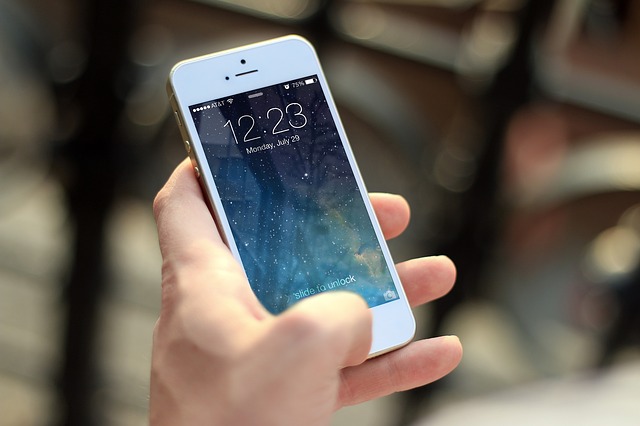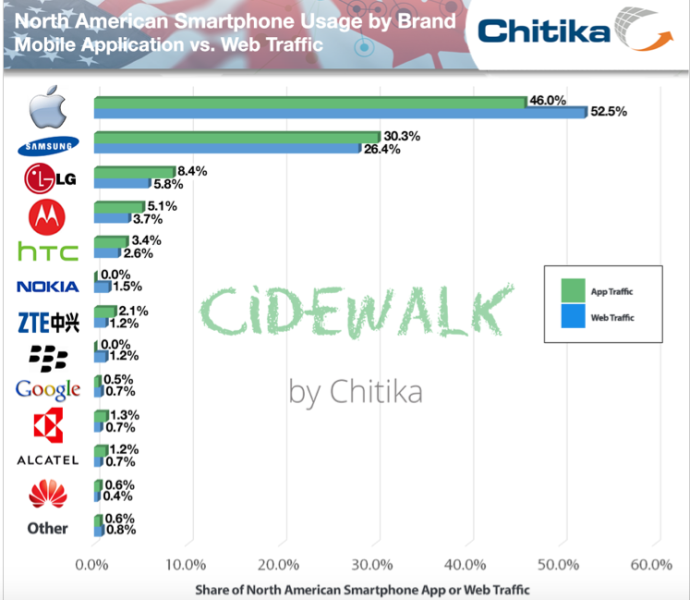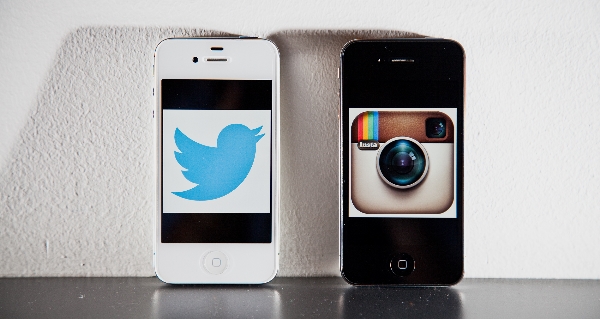Google has been aggressive about encouraging webmasters to make their sites more mobile-friendly, and it appears they will only become more strict in 2015. Google has started sending mass notifications to webmasters whose websites are not appropriately optimized for mobile.
The notifications, titled “fix mobile usability issues found on…” informs webmasters that their sites have mobile usability errors on all pages and thus will be “displayed and ranked appropriately for smartphone users.”
The notifications are popping up in Google Webmaster Tools and via email. Perhaps more interesting, Google is also sending the notifications to sites that are blatantly not mobile friendly. Typically these sites already know they are not mobile-friendly, but Google is sending alerts warning these webmasters nonetheless.
This is the latest sign that Google is almost certainly going to be amping up the role mobile optimization plays in search, and many believe there may be an outright “mobile ranking algorithm” in the close future.
The increased importance of mobile to Google is little surprise as mobile gradually overtakes desktop traffic. Google wants to ensure they are directing users to sites that will fit their needs wherever they are, and sites who aren’t mobile-friendly simply don’t deliver.
Here is a copy of the notification being sent out:
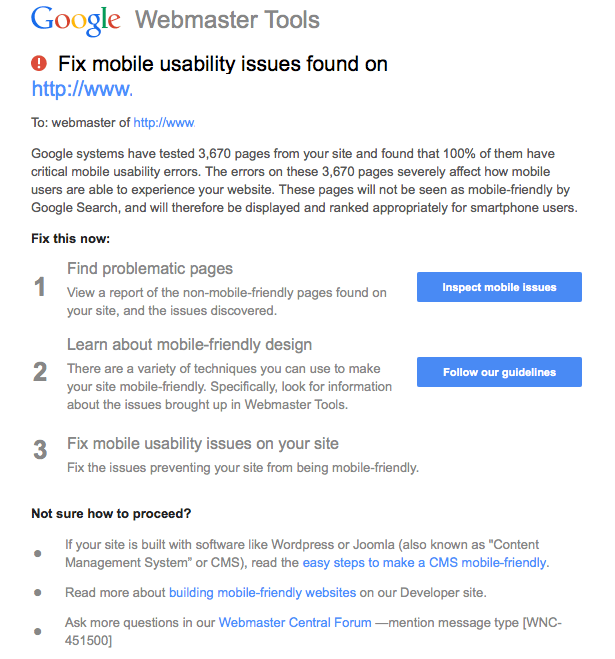


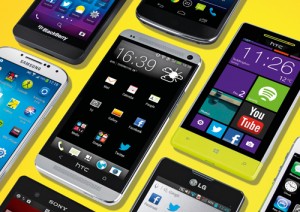 Now that the holiday season is over, several companies including Target and Amazon are releasing statistics related to 2014’s holiday shopping. While there are several interesting facts to be found in the reports, Target’s release may have the most striking bit of information.
Now that the holiday season is over, several companies including Target and Amazon are releasing statistics related to 2014’s holiday shopping. While there are several interesting facts to be found in the reports, Target’s release may have the most striking bit of information.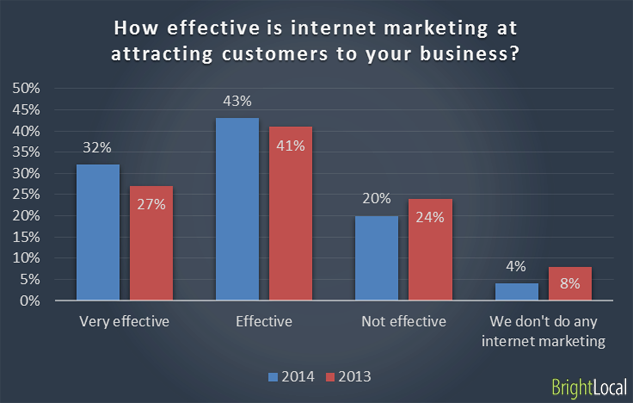
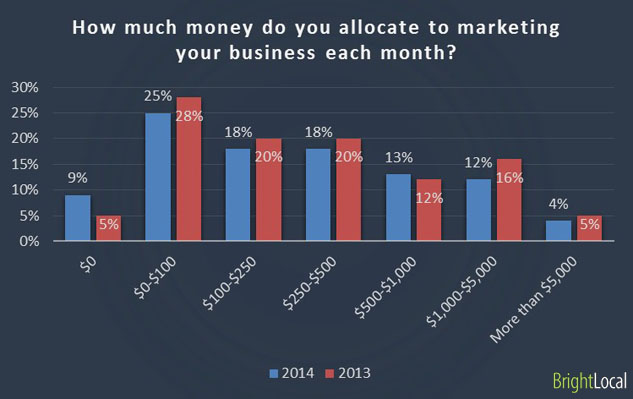
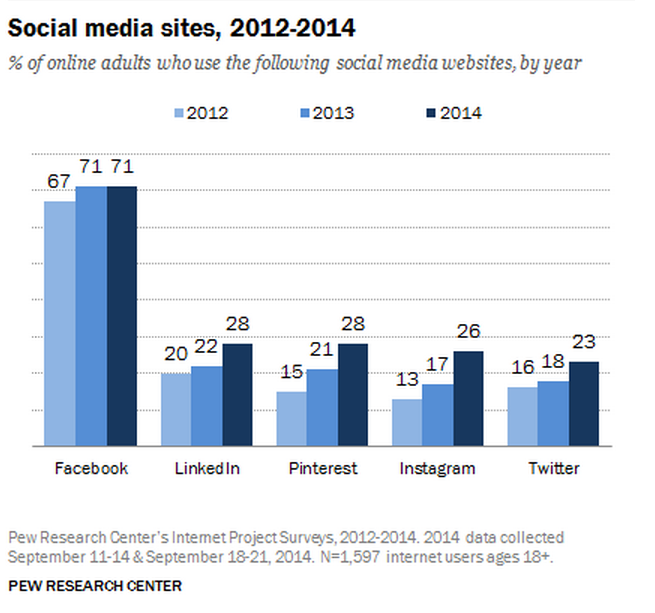
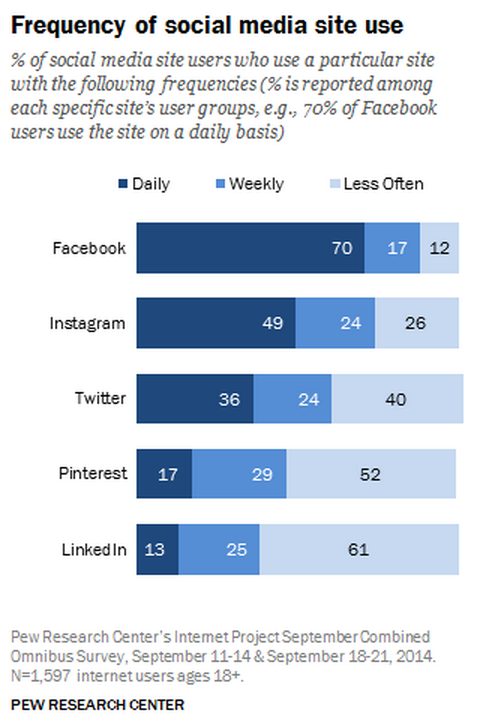
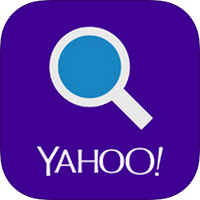 According to new data from web traffic analytics provider
According to new data from web traffic analytics provider 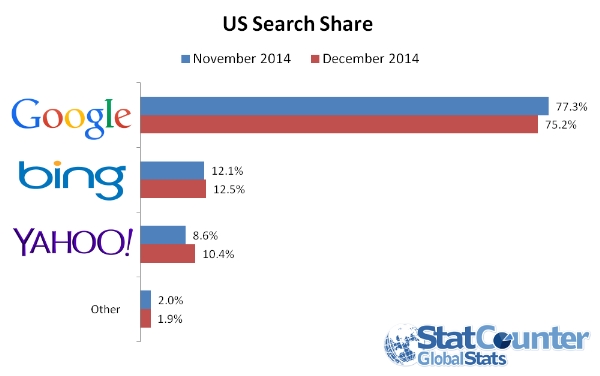
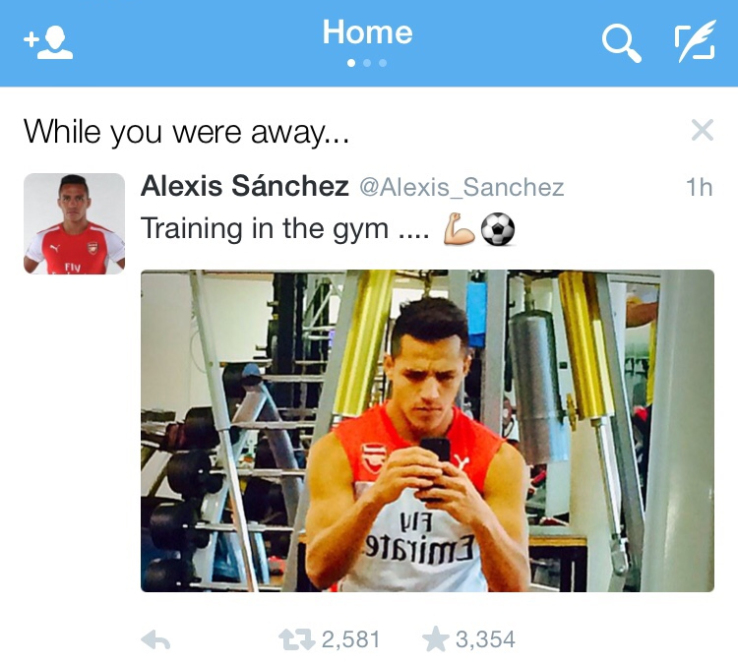
 Many celebrities and popular internet figures were shocked last week when they lost thousands upon thousands of followers in the Instagram Rapture. It shouldn’t have been such a surprise, as Instagram gave warning they would be deleting fake and spammy accounts, but the purge of useless accounts still caused an uproar across the social network.
Many celebrities and popular internet figures were shocked last week when they lost thousands upon thousands of followers in the Instagram Rapture. It shouldn’t have been such a surprise, as Instagram gave warning they would be deleting fake and spammy accounts, but the purge of useless accounts still caused an uproar across the social network.